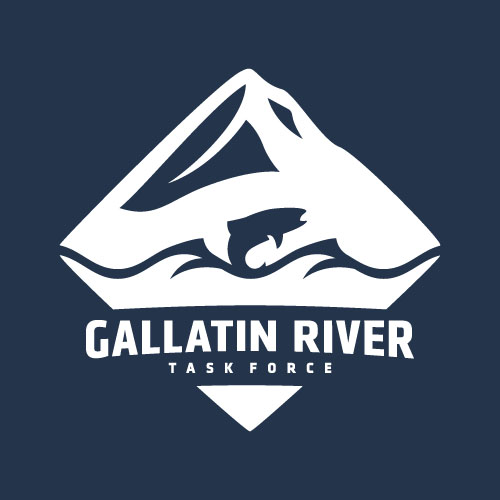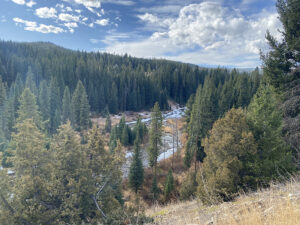On Oct. 20, the Gallatin River Task Force hosted a workshop focused on using water rights as a legal tool to ensure there is enough water to support a healthy ecosystem and fishery.
Kerri Strasheim from the Department of Natural Resources and Conservation provided the foundation for the workshop, stating that, “A water right is a property right and is protected by the Constitution. It has value, meaning it can be bought and sold separately from land and it can’t be taken away without due process.”
Strasheim explained that a water right gives the holder the right to use the state’s water by diverting, impounding, or withdrawing it for a beneficial use. “Some beneficial uses include agriculture, industrial mining, municipal power, instream flow, aquifer recharge and mitigation,” she said.
Meg Casey, a staff attorney at Trout Unlimited, expanded on the concept of instream flow. “Instream flow is essentially a legal tool for maintaining fisheries and restoring degraded habitats,” Casey explained. Through instream flow, unused water gets put back into reach of a natural stream. This becomes especially useful to ensuring healthy water temperatures and oxygen levels for the inhabitants of the Gallatin River during low-flow periods.
Currently, Big Sky is experiencing a series of water-supply issues exacerbated by periods of drought and a changing climate. Strasheim alluded to these, noting that “wastewater treatment is a big limiting factor” on how Big Sky can develop. Speaking to wastewater discharge, Mace Mangold of WGM Group elaborated on the purpose of the GRTF-funded Canyon Study. “We’re looking into feasibility for full collection of the canyon sewer area,” he explained, as the canyon is currently “100 percent septic tanks and community systems, treating sewer effluent to a relatively low quality” and posing threats to water quality in the canyon.
The primary disposal mechanism outlined in the Canyon Study is groundwater recharge, achieved “through a recharge gallery subsurface or above ground recharge basins,” according to Mangold. Supplementary mechanisms such as snowmaking and land application are also possibilities. “I see land application through a purple pipe network to offset consumptive use,” Mangold explained.
Russ Radliff, a water-rights specialist for the WGM Group, closed out the workshop by connecting wastewater discharge and water rights. Radliff explained that the Upper Missouri River Basin is closed to new water rights permits.
“We are trying to come up with new concepts to find ways to actually salvage water that could potentially offset new uses,” Radcliff said, such as water-rights mitigation, a legal tool to make water available for a new use through the development of a new or alternative supply, which could include the use of treated wastewater.
While water rights can be confusing, one thing is clear—they can be a tool for augmenting instream flows and keeping water levels higher in the watershed. For example, through leasing unused water rights to Trout Unlimited, rights holders could place flowing water back into the natural stream, keeping it filled with fresh, cold water that supports healthy ecosystems, fisheries and our community.
Kate Foley is a Big Sky Watershed Corps member working with the Gallatin River Task Force.

